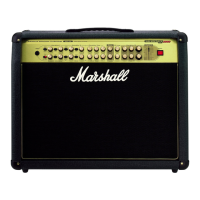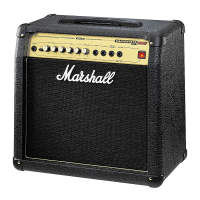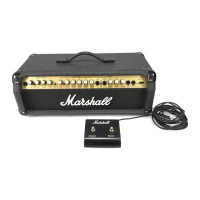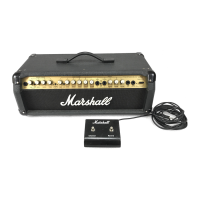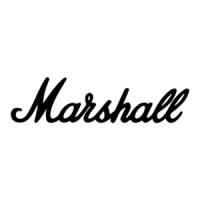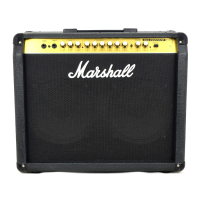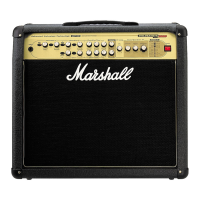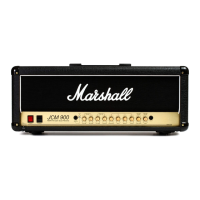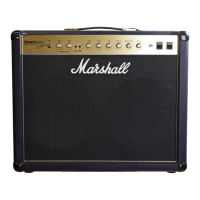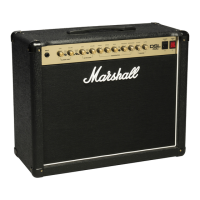ENGLISH
9
The first 10 programs offered are all Reverbs. Reverberation effects recreate the natural echo
reflections found in physical environments such as halls and rooms or, in the case of plate reverbs, a
mechanically vibrating metal plate. These echoes are extremely complex in nature and are,
therefore, notoriously difficult to recreate. In developing these 10 programs we've gone to great
lengths to ensure that none of the harsh digital ‘graininess’ normally associated with some digital
reverbs is present.
Below is a brief description of each of the 16 DFX programs available:
AVT150/AVT150H & AVT275 Front Panel Features
1 Hall A: this is a large, bright sounding, concert hall. “Wembley Arena, are you ready to
rock!?”
2 Hall B: warmer sounding than Hall A, this program is perfect for adding depth and character
to clean and acoustic tones.
3 Hall C: a medium sized hall with 12ms of delay before the reverb starts.
4 Room 1: a hardwood studio with lots of early reflections. Perfect for acoustic type sounds.
5 Room 2: perfect for adding some subtle ambience.
6 Room 3: warmer sounding than Room 1, perfect for clean or acoustic work.
7 Plate 1: a bright, transparent plate sound ideal for lead work.
8 Plate 2: warmer sounding than Plate 1, this program is great for adding sustain, especially
on clean and acoustic tunes.
9 Plate 3: an accurate emulation of a vintage tube plate reverb. As this program has very little
low end it is great for adding ‘cut’.
10 Gated Reverb: by ‘chopping-off’ the end of the reverb’s decay ‘tail’ via a Noise Gate, this
program is great for spicing-up chord stabs without cluttering up your sound.
11 Chorus: splitting the signal and then mixing the dry signal with a detuned version creates this
popular effect. To add to the subtle ‘widening’ this creates, the detuned signal is modulated
by an LFO (Low Frequency Oscillator) which causes the detuning to vary. The result is a
subtle, lush sound that is equally effective on both clean and dirty tones.
12 Flange: similar to chorus but much more ‘jet’ like in nature.
13 Delay: this creates an echo repeat of the original signal. The delay time is adjustable in 10
millisecond (ms) increments and can be set to be as long as 1270ms which is well over 1
second.
14 Chorus/Room: as the name suggests, this combines Chorus and a large room Reverb.
15 Chorus/Delay/Room: if program 14 isn't dramatic enough for you then this is definitely the
one for you, as it adds Delay to the Chorus & Reverb mix!
16 Modulation: this effect is similar to the chorus effect but is less subtle and can be used to
create rotary speaker-like effects.
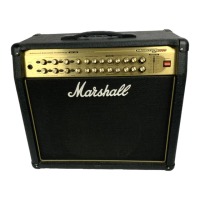
